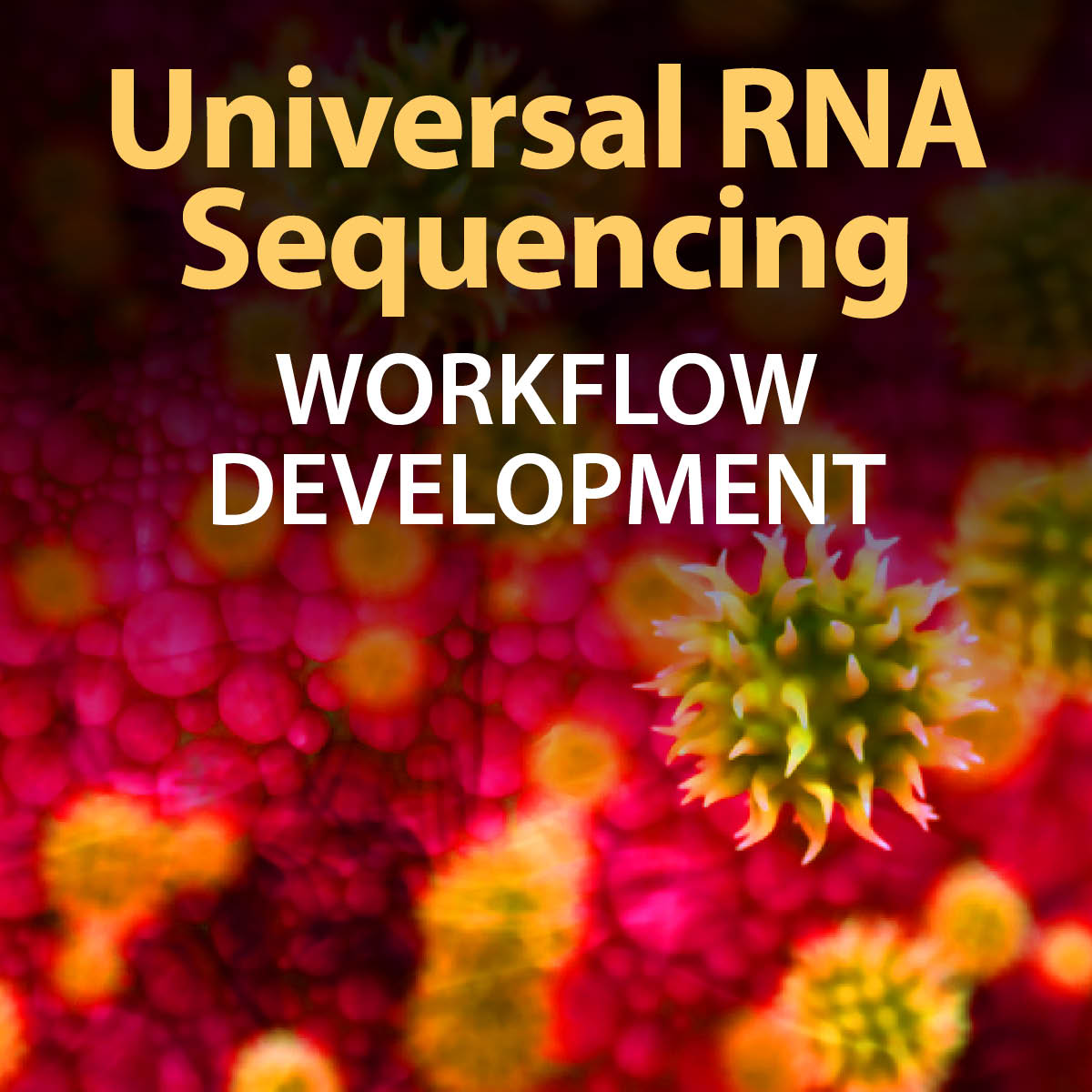
Abstract:
Unbiased long read sequencing approaches for clinical metagenomic sample analysis holds enormous potential for pathogen detection, including improved detection of unknown, novel or emerging viruses. However, the rapid rate of development in nanopore sequencing and library preparation methods complicates the process of selecting a standardized method for unbiased RNA virus detection. Here, we evaluate multiple sequencing approaches to identify a workflow with sufficient sensitivity, limits of detection, and throughput for potential utilization in a clinical laboratory setting. Four separate library preparation methods for the Oxford Nanopore Technologies MinION sequencer are compared, including direct RNA, direct cDNA, rapid cDNA, and double stranded cDNA. We also establish that depletion of host RNA is not required and can be deleterious for viral RNA detection in some instances when using samples in viral transport media (VTM) or plasma. Using unbiased whole genome amplification following reverse transcription, we achieve limits of detection on the order of 1.95E03 GE/mL of Venezuelan Equine Encephalitis Virus (VEEV) spiked in human plasma. We also report initial detection of 5.43E06 GE/mL of coronavirus 229E spiked into VTM samples containing human background RNA which are expected to decrease significantly during upcoming testing. These metrics were achieved within a 6-plex multiplex reaction, illustrating the potential to increase throughput and decrease costs for relevant sample analysis. Data analysis was performed using EPI2ME Labs framework and open access tools that are readily accessible to most clinical laboratories. Taken together, this work describes an optimized method for unbiased nanopore sequencing and analysis of RNA viruses present in two common clinical matrices.
Read the preprint here.

